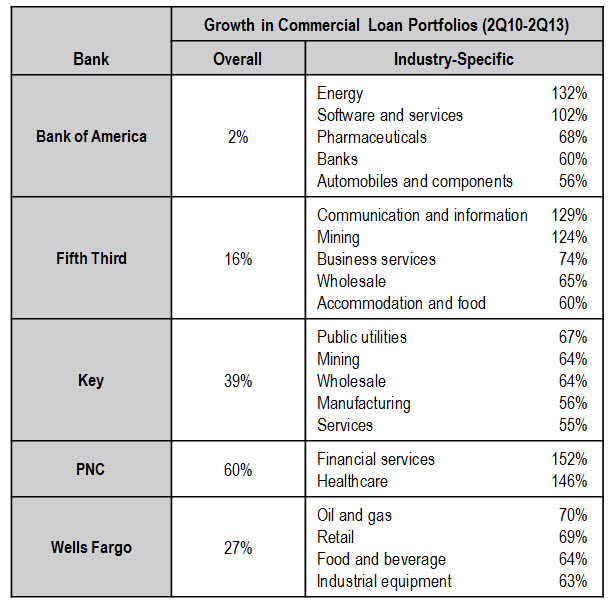In a previous post, we discussed the uses for and value of customer segment intelligence in SaaS companies. This post focuses on the approaches to gathering customer segment intelligence and provides a framework for developing an intelligence-gathering approach that meets intel objectives most efficiently.
In EMI’s experience, companies often under-invest in customer and market intelligence because they either perceive that doing research is too expensive and time-consuming or they have done research in the past that didn’t deliver value. With a focused research approach in which methodology is aligned with objectives, however, neither of these should be the case.
Start with an Objective
As the previous sentence suggests, successful research always starts with a clear, strategic objective. Often that objective will emerge out of anecdotal identification of potential gaps in knowledge, for example:
- Penetration in a particular industry isn’t as robust as you would have expected based on the fit between the industry’s needs and your software’s benefits
- Sales closes significant new contracts with several customers from an industry not explicitly targeted through marketing
- A group of customers are not succeeding in implementing the software as quickly as other customers
- Several larger customers cancel or reduce their subscriptions
In each of the examples above, observations of behavior leads to questions—What is driving less-than-expected industry performance? How did these customers find out about us and can we target more like them? What are the impediments to implementation? Why are larger customers cancelling? These questions can then be turned into research objectives: understand how to increase penetration in an under-penetrated or emerging segment; identify customer experience improvements that can improve time to implementation and retention.
Sometimes the need for research arises when a business begins to pursue a new, untested venture. Common examples would be the development of a new product/service, the enhancement of an existing product/service, or the pursuit of an entirely new market.
While the genesis of the research may be different, the approach must be the same. Discipline around objective definition is vital to avoid trying to answer every question about the de novo opportunity. For example, if the research needs are in the area of product development or enhancement, potential objectives are:
- Collect “blue sky” input to build a list of potential new features for customer segments with high growth potential
- Test the value to existing customers segments of new features that have already been defined
Each of these two objectives drives a different research approach. Whatever your objective, defining it and maintaining it as your lodestar throughout the research development process is the key to efficiently capture the insight you need and avoid gathering information you don’t need.
Identify Your Methodology
“Research” does not always mean a survey. In fact, it is likely that customer data analysis, secondary market research, in-depth interviews, and/or focus groups could be better methods for achieving your research objectives.
The key to determining which method will best meet your needs is articulating the kind of insights you need and the most logical source of those insights. For example:
- Do you need to identify differences between customer segments or find what all customers have in common?
- Are you trying to gather initial, guiding information to develop a list of potential new features or are you trying to understand the relative value of features that have already been conceived?
- Do you want to understand what existing customers value or the size of the potential new market for your product?
The answers to questions like these will guide whether you pursue qualitative focus groups, interview or survey existing customer, analyze customer usage data, gather secondary research into industry trends, or conduct broad market surveys.
Know When to Stop
There is a famous quote from French author Etienne de Saint-Exupery: “Perfection is attained not when there is nothing left to add, but when there is nothing left to take away.” Perfection may neither be obtainable nor even a desirable goal in research, but the need to limit and control the compulsion to add—questions, completed surveys, interviews, data—is both strong and vital to research quality and utility. The goal should always be to do the least amount necessary to ensure well-grounded decisions and outputs. If you can’t articulate how a question will contribute to better decisions or outputs or how collecting more data is likely to change decisions or outputs, it’s time to stop.
Customer intelligence is a vital tool for identifying and scoping new market opportunities, grounding product development decisions in an understanding of customer value, and honing in on causes of under- or over-performance. Amassing this intelligence isn’t easy, but when approached in a disciplined, grounded way, it almost always produces a measurably positive ROI driven by new revenue and/or productivity gains.

